The High-Voltage Reactive Power Automatic Compensation Device is designed to optimize power quality, reduce energy losses, and enhance the capacity of power transmission and distribution systems. It operates by automatically tracking and compensating reactive power based on the network conditions of 6kV and 10kV power supply busbars. Through an advanced control system, capacitor banks are switched in and out dynamically, ensuring the power factor exceeds 0.9.
Key Features
good Operating Conditions
The High-Voltage Reactive Power Automatic Compensation Device is engineered to function repeatedly under various environmental and operational conditions:
- Altitude: Up to 1000m
- Ambient Temperature: -25°C to 55°C
- Relative Humidity: Up to 85%
- Operational Safety: The device is suitable for environments free from explosive media, corrosive gases, or conductive materials that could compromise insulation.
Advanced Compensation Capabilities
This device is designed to operate efficiently under specific voltage and current conditions:
- Capable of continuous operation at a steady-state overvoltage of 1.1 times its rated voltage.
- Can handle continue overcurrent conditions where the root mean square does not exceed 1.3 times the rated capacitor bank current.
- Utilizes vacuum contactors for capacitor switching, allowing for frequent operations without performance degradation.
- Equipped with discharge coils that ensure the residual voltage drops below 50V within 5 seconds after disconnection.
Comprehensive Protection Mechanisms
The High-Voltage Reactive Power Automatic Compensation Device integrates multiple protection features to enhance operational reliability:
- Overcurrent and Voltage Imbalance Protection: Relays or microcomputer-based protection units monitor and control capacitor group operation, ensuring stability.
- Fault Isolation: If a capacitor group encounters a fault, it can be disconnected without impacting the performance of the remaining groups.
- Fuse Protection: Each capacitor unit is safeguarded by expulsion-type fuses to prevent damage from overcurrent incidents.
- Surge Protection: Integrated arresters protect against operational and lightning-induced overvoltages.
Intelligent Control and Monitoring
A high-resolution LCD controller provides real-time monitoring and display of system parameters, including voltage, current, and power factor. Additionally, the device supports:
- RS232/RS485 communication interfaces for seamless integration into remote monitoring and automation systems.
- Remote control and diagnostics capabilities through four-function telemetry.
- Configurable reactors to suppress inrush currents and prevent harmonic amplification, ensuring stable and safe operation.
Technical Specifications
The High-Voltage Reactive Power Automatic Compensation Device is available with the following technical configurations:
- Rated Voltage: 6kV-10kV
- Rated Frequency: 50Hz
- Rated Capacity: 100-10,000 kVar
- Capacitor Grouping: 1-5 groups
- Reactor Parameter Options:
- Inrush current suppression: 0.1%-1%
- Harmonic suppression (5th and above): 6%
- Harmonic suppression (3rd and above): 12%
Benefits of Implementation
Deploying the High-Voltage Reactive Power Automatic Compensation Device in a power distribution network brings significant advantages:
- Enhanced Power Quality: By stabilizing voltage levels and reducing fluctuations, the device improves the reliability of power supply.
- Energy Efficiency Gains: With optimized reactive power compensation, transmission losses are minimized, dominant to lower operational costs.
- Increased System Capacity: The improved power factor enables more effective utilization of existing power infrastructure without the need for extended upgrades.
- Reduced Equipment Stress: By limiting harmonic distortion and preventing excessive voltage fluctuations, the device extends the lifespan of connected electric equipment.
The High-Voltage Reactive Power Automatic Compensation Device is an essential solution for industrial and utility applications seeking to enhance power stability, reduce energy waste, and improve system efficiency. Its advanced monitoring, automatic compensation, and robust protection mechanisms ensure optimal performance under varying network conditions.
 English
English 中文简体
中文简体 عربى
عربى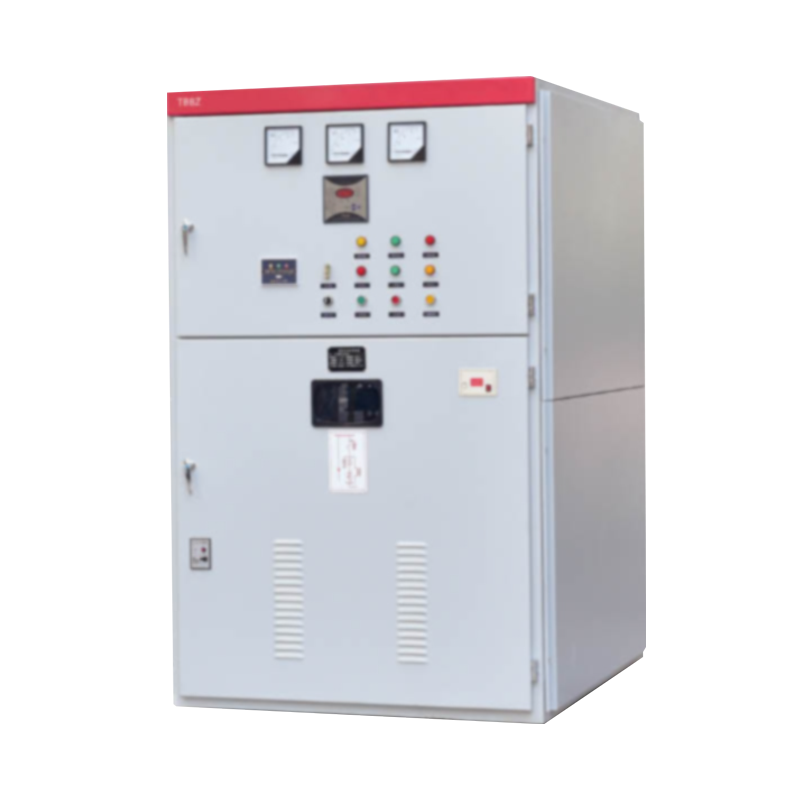

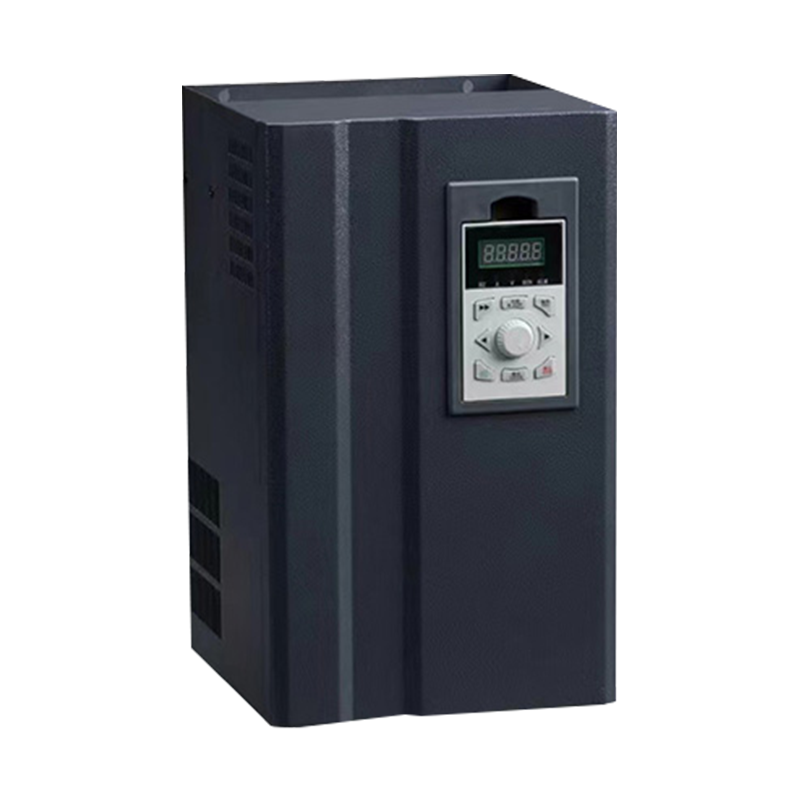
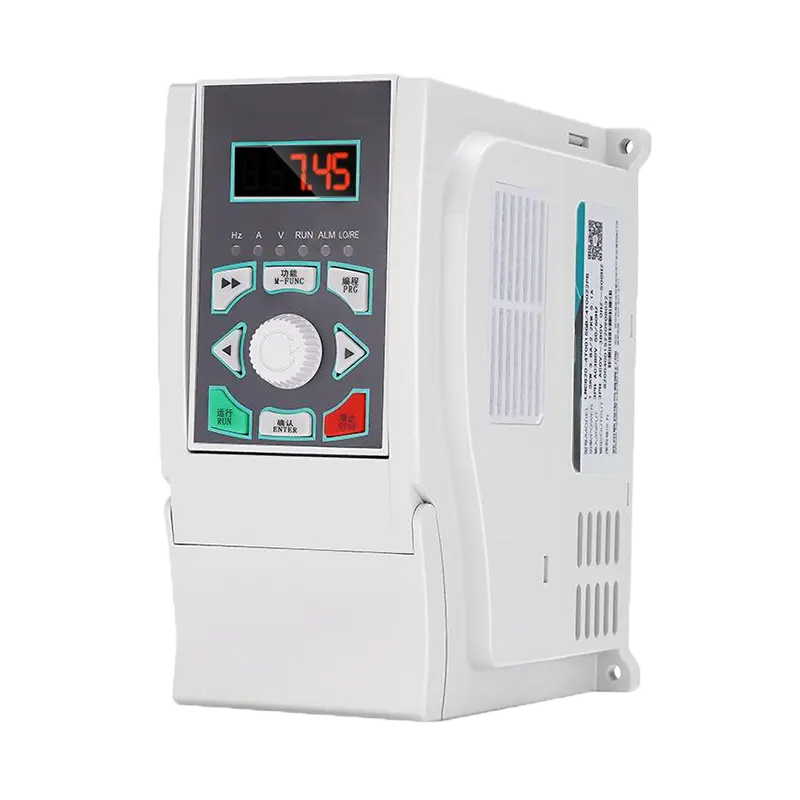
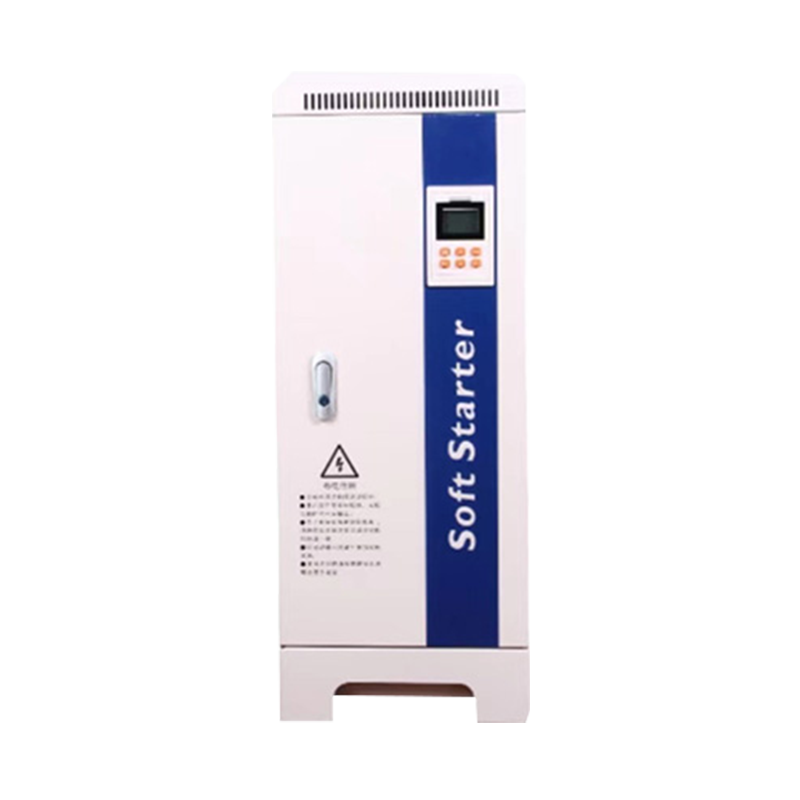
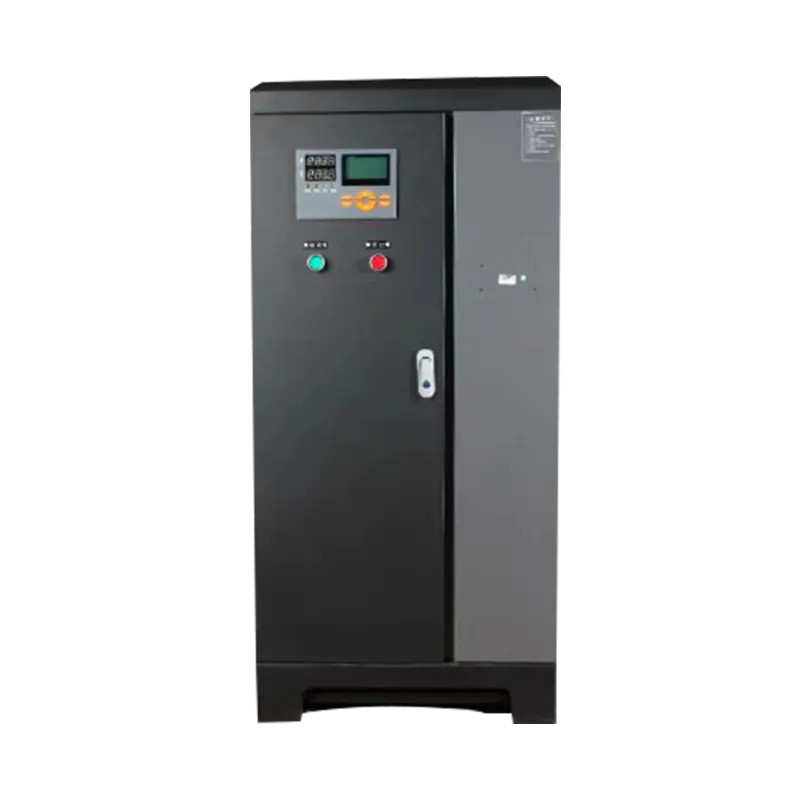

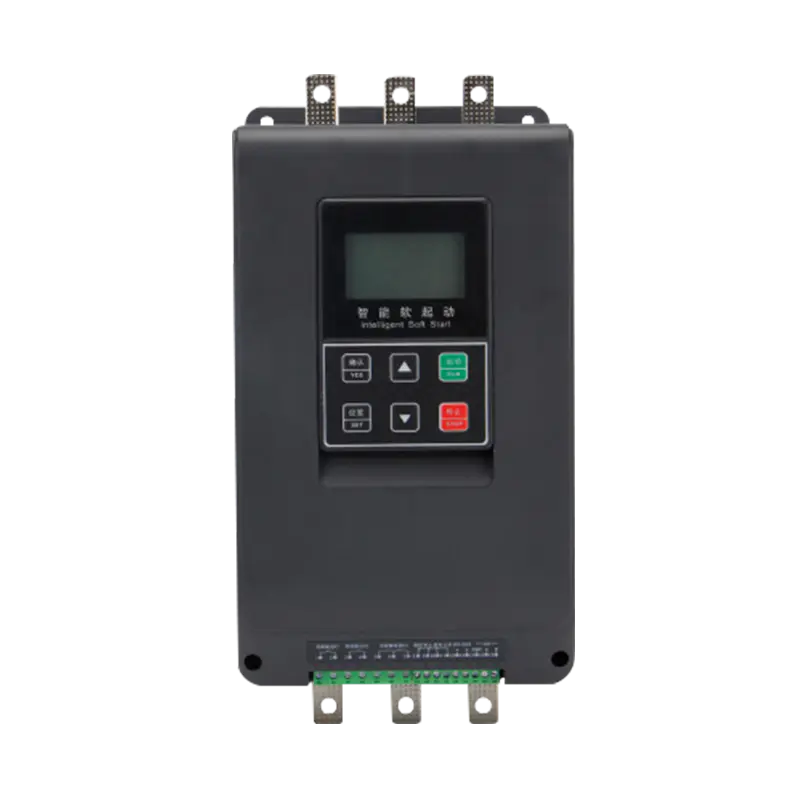
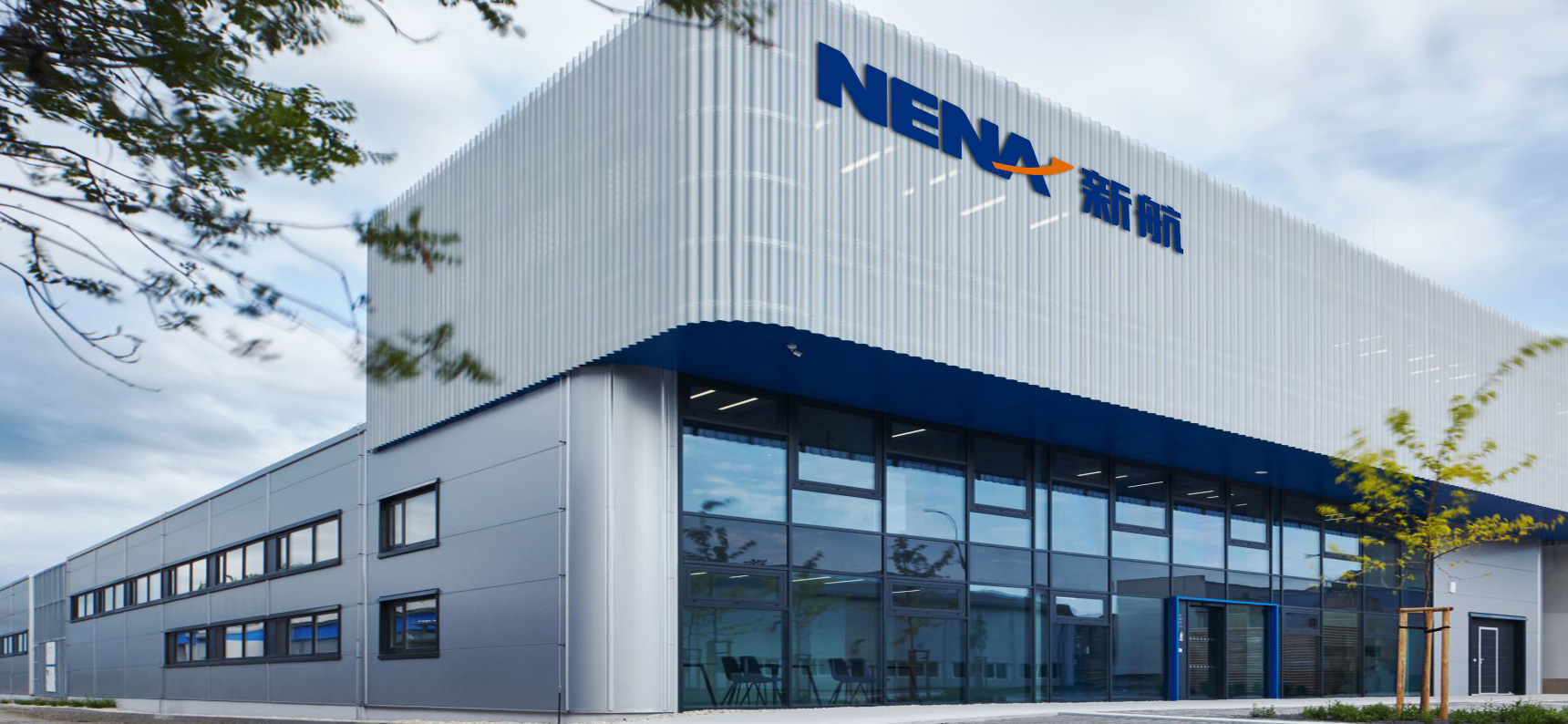



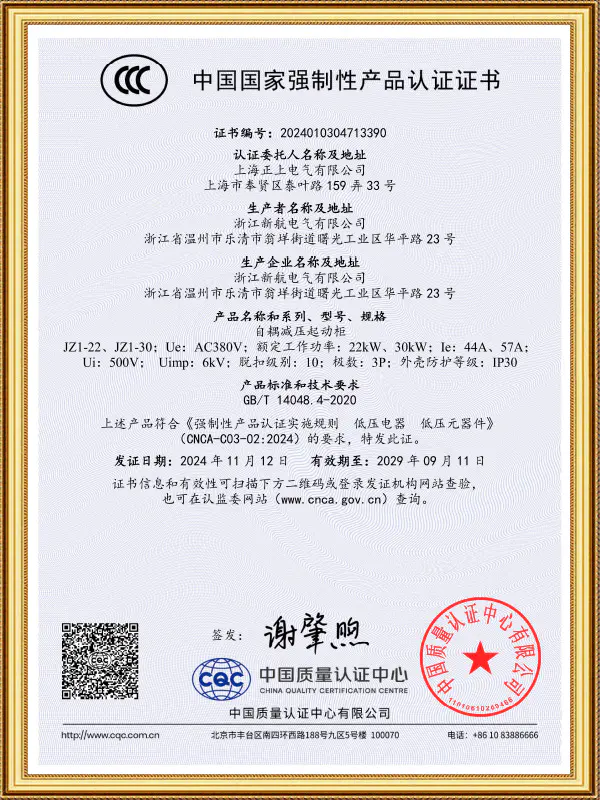
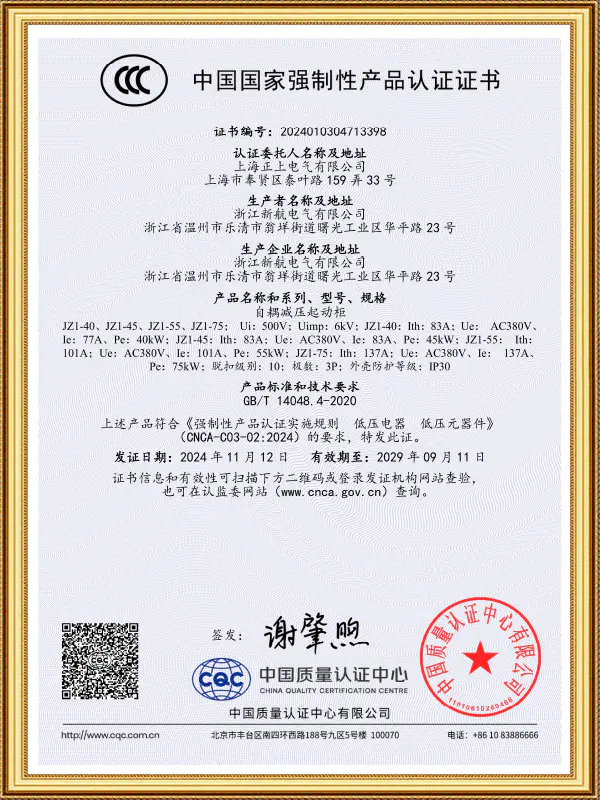
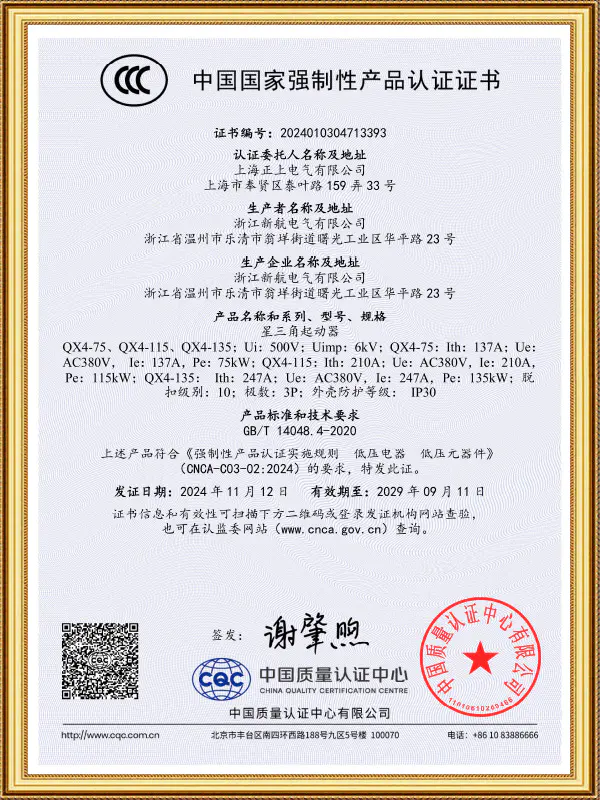
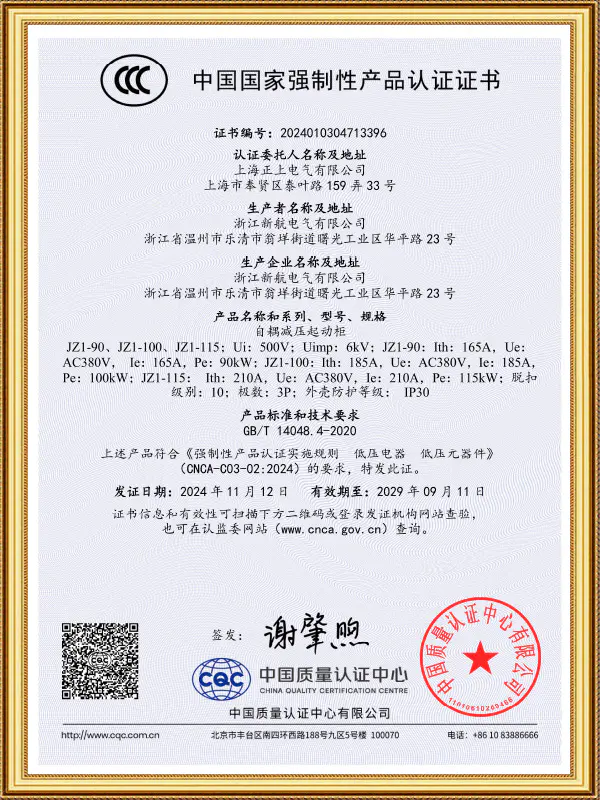
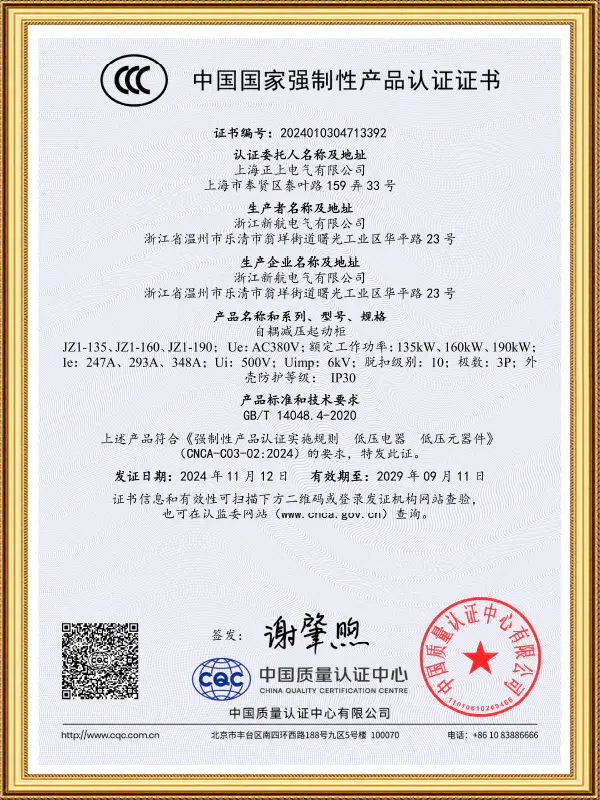





 浙公网安备33038202003754号
浙公网安备33038202003754号